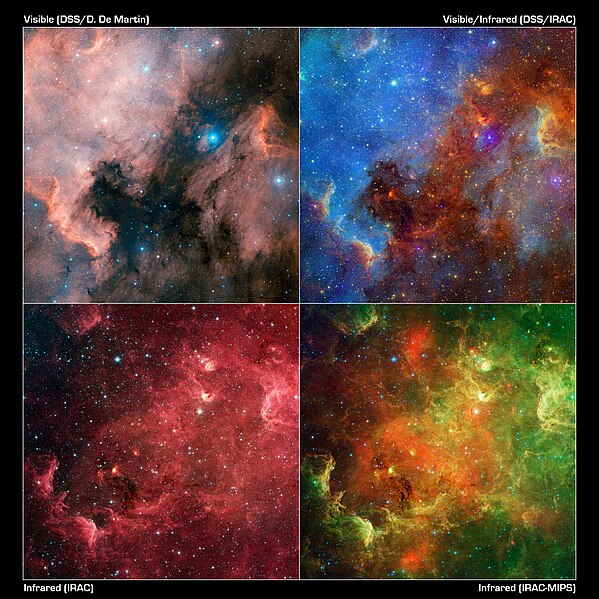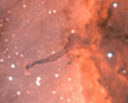ملف:Changing Face of the North America Nebula.jpg

حجم هذه المعاينة: 599 × 599 بكسل. الأبعاد الأخرى: 240 × 240 بكسل | 480 × 480 بكسل | 768 × 768 بكسل | 1٬023 × 1٬024 بكسل | 2٬047 × 2٬048 بكسل | 6٬000 × 6٬003 بكسل.
الملف الأصلي (6٬000 × 6٬003 بكسل حجم الملف: 16٫93 ميجابايت، نوع MIME: image/jpeg)
تاريخ الملف
اضغط على زمن/تاريخ لرؤية الملف كما بدا في هذا الزمن.
| زمن/تاريخ | صورة مصغرة | الأبعاد | مستخدم | تعليق | |
|---|---|---|---|---|---|
| حالي | 12:09، 16 فبراير 2011 |  | 6٬000 × 6٬003 (16٫93 ميجابايت) | Originalwana | {{Information |Description ={{en|1=This image layout reveals how the appearance of the North America nebula can change dramatically using different combinations of visible and infrared observations from the [[:Category:Digitized |
استخدام الملف
الصفحة التالية تستخدم هذا الملف:
الاستخدام العالمي للملف
الويكيات الأخرى التالية تستخدم هذا الملف:
- الاستخدام في cs.wikipedia.org
- الاستخدام في fr.wikipedia.org
- الاستخدام في mk.wikipedia.org
- الاستخدام في my.wikipedia.org
- الاستخدام في pl.wikipedia.org
- الاستخدام في pt.wikipedia.org
- الاستخدام في th.wikipedia.org
- الاستخدام في vi.wikipedia.org
- الاستخدام في zh.wikipedia.org



